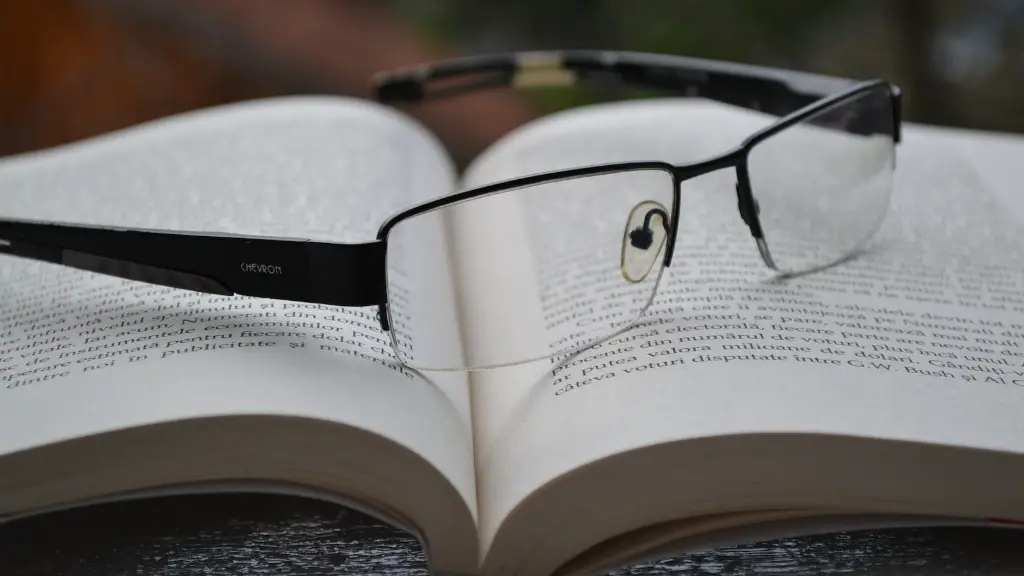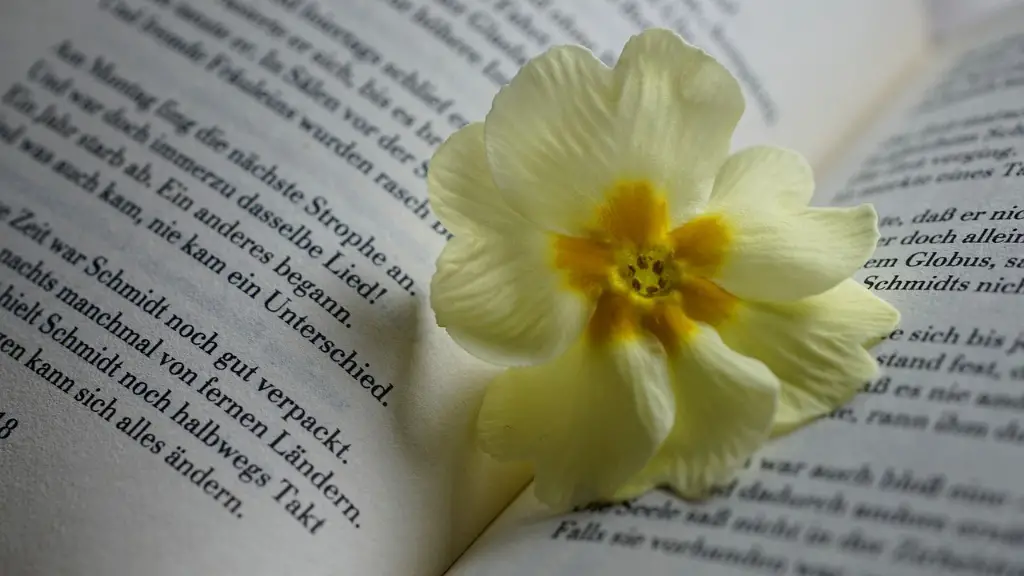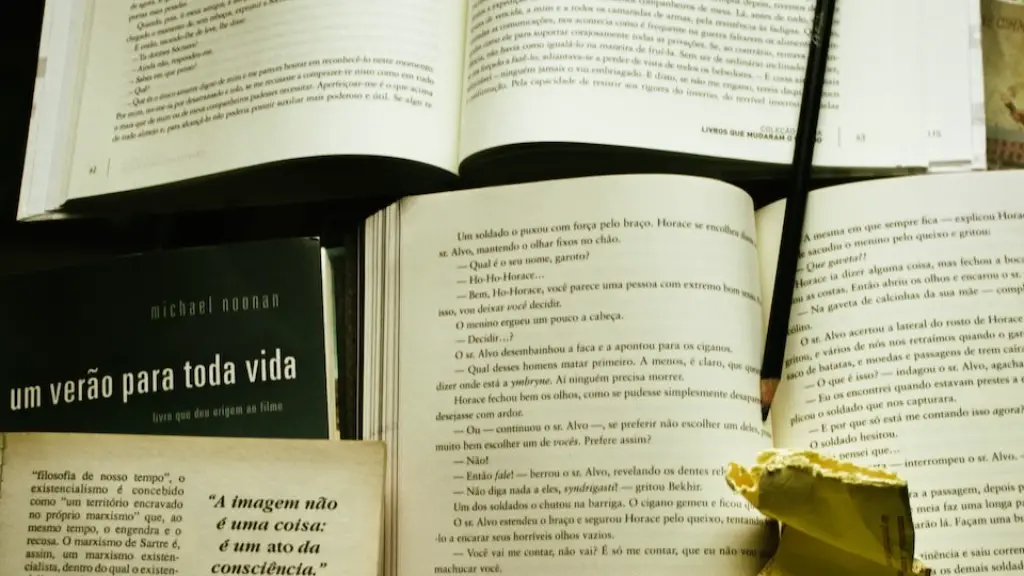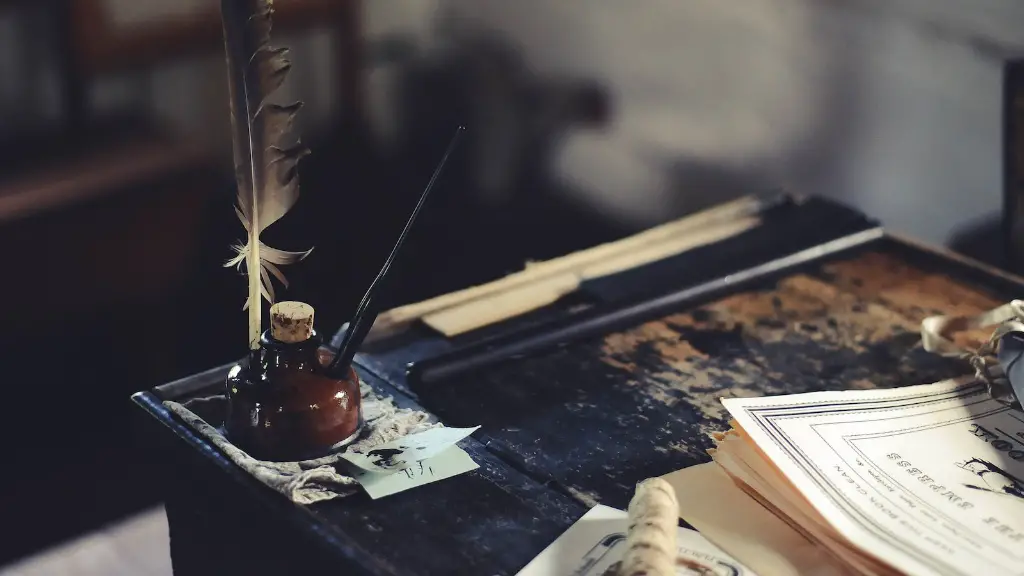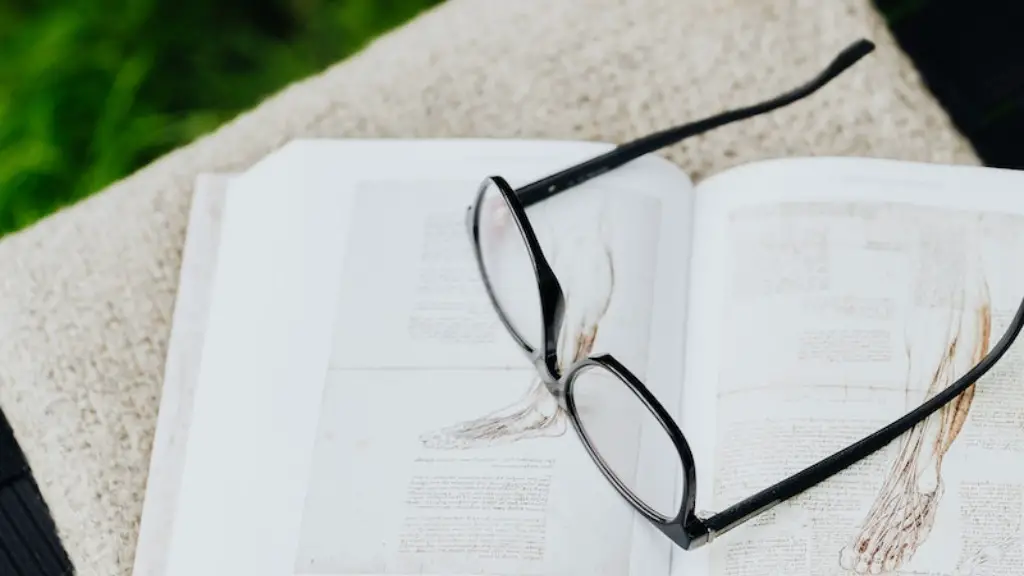What are Ballads in Poetry?
A ballad is a type of storytelling song or poem which has been popular throughout history in many cultures. It was originally used to communicate stories and messages in musical form, often to entertain. In modern times, it has become a popular form of poetry, typically written in a four-line stanza or quatrain, with a mildly rhythmic meter. The most common meters for ballads are iambic tetrameter and iambic trimeter. A ballad typically tells a story with a chorus (or refrain) at the end.
Ballads often use simple, plain language and are easy to remember even after a few readings. They usually feature simple rhyming patterns, usually aa-bb-cc or aa-bb-cc-dd. Ballads tend to focus on one main theme, and can be either an extended narrative or a series of brief stories or anecdotes that revolve around a central point. Ballads may also include dialogue between two or more characters, usually in a narrative or conversational form.
The ballad is a very versatile form of poetry and can be used to tell any type of story. It may also be used to express feelings and emotions or to give voice to a particular point of view. Ballads can also be about mundane topics such as everyday life, or about more abstract concepts such as history, culture, philosophy, and religion. It is an effective way to explore difficult emotions and ideas.
The Appeal of the Ballad
The ballad has an appeal that is timeless and universal. It is a form which appeals to people of all ages and backgrounds, and its simple structure makes it easy for anyone to learn and understand. Ballads often invoke strong emotions in the listener or reader, so they are a valuable tool for expressing passionate ideas and feelings. Ballads have a distinctive musical quality which lends them impact and importance, but their musicality is also well-suited to the spoken word.
Ballads are accessible and understandable to most people, which is one of their main attractions. As a form of poetry, they are often powerful and emotive, making them ideal for storytelling and conveying personal experiences. Furthermore, ballads are an effective way for a poet to express their opinion on a particular subject, as the words and phrases used in ballads tend to be highly descriptive and emotionally charged.
Ballads have also been used in literature and film to emphasize different points. In literature, they’re often used to portray a character’s feelings or to drive a narrative forward. In film, ballads often accompany montages or other sequences that convey emotion without words. Ballads can bring out the best in a story, poetry, or a film.
The Structure of Ballads
The structure of a ballad is typically quite simple, with four-line stanzas (quatrains) that make up a single poetic narrative. This allows for maximum emphasis on the story, with the lines typically being quite similar in pattern. Most ballads rely heavily on imagery and vivid descriptions, making use of metaphors and similes to draw out strong visual impressions. Ballads also often employ internal rhymes, whereby the end of one line rhymes with a word within the following line.
The structure of the ballad helps to sustain the tension of the story and keep the listener or reader attentive. Its plain, straightforward tone also adds to the impact of the poem, making it easier for the reader to imagine themselves within the story and connect with the characters and emotions portrayed. Ballads are usually easy to understand, as they tend to avoid complex language and rely chiefly on visual images to convey their message.
Examples of Ballads
A well-known example of a ballad is Robert Burns’ “A Red, Red Rose”. The poem is written in a series of quatrains and uses the traditional aa-bb-cc rhyme scheme. In this poem, the narrator expresses their love and feelings to their beloved, while also expressing uncertainty and insecurity. Other examples of ballads include William Blake’s “The Tyger” and Percy Bysshe Shelley’s “Ozymandias”.
In modern times, many popular songs are ballads, including Elton John’s “Your Song” and Adele’s “Someone Like You”. Ballads are also an integral part of the folk music and traditional music of many countries. An example of an instrumental ballad is the traditional Irish air “The Lark in the Clear Air”, which contains all the features of a traditional ballad but with no lyrics.
Writing a Ballad
Writing a ballad is relatively straightforward and can be a great way to express a personal story or to explore deeper ideas. As with any kind of writing, have a clear idea of what you want to achieve with the piece before you start writing. Think about what emotion you want to express or evoke and consider the structure of the ballad carefully before beginning. After making a basic outline of the story and the quatrains, let your creative juices flow freely and let your story take shape.
When writing a ballad, remember to keep the language simple and easy to understand. Try to evoke clear images and ideas in the reader’s mind with vivid and descriptive language. Don’t be afraid to break the traditional rhyme scheme, as this can often lead to more interesting results. Finally, don’t get too attached to your initial draft; be prepared to revise and edit the poem until it conveys the desired effect.
The Legacy of Ballads
The ballad has a long and varied history, first appearing as a form of musical storytelling in the Middle Ages. It has been used to communicate ideas, emotions, and stories throughout the centuries, and is still being used today. It is also a powerful tool for expressing and exploring personal experiences, feelings, and thoughts. Ballads are popular as they are simple to write and easy to understand, and can effectively evoke powerful emotions in the listener or reader. The form is still used today in popular music and literature, and has become an integral part of human culture and storytelling.
In conclusion, the ballad is a timeless form of storytelling which is deeply embedded in human culture. Its simple structure and evocative imagery make it an attractive and effective form of poetry for writers and listeners alike. Whether it is used to tell stories, express opinions, or evoke emotion, the ballad will continue to inspire and be cherished for generations to come.
The Political Ballad
The ballad is an ideal way to give voice to a political opinion or to make a point about social injustice. Historically, many ballads have been used to rally people to a political cause or to express dissatisfaction with an existing situation. It is still used today to communicate political ideas and share important messages.
In the 1960s, for instance, songs such as Bob Dylan’s “The Times They Are A-Changin” and Pete Seeger’s “Where Have All the Flowers Gone?” were very popular and helped to promote the Civil Rights movement in the US. Similarly, many protest songs from the Vietnam War period were ballads. On a smaller scale, many modern indie folk bands are using the ballad form to express important political messages.
The ballad is a powerful way to express a political opinion in a poetic way. Its emotive qualities, coupled with its simple structure, make it an effective tool for conveying powerful messages to a wide audience. It creates an atmosphere of solidarity and encourages listeners to think deeply about political issues.
The Use of Ballads in Education
Ballads can also be used in education as a way of teaching children about literature and poetry. They are an effective way to introduce children to the art of storytelling, as they contain elements of both stories and poetry. Ballads also allow children to experience different forms of poetry from different cultures and to view them in the context of their own lives and experiences.
Ballads can also be used to introduce children to rhyme and to other important aspects of language such as rhythm and alliteration. They provide an opportunity for students to explore their own creativity and to practice writing and telling stories. Ballads can be used in small groups to allow for more interactive learning, or as part of individual assignments.
The use of ballads in education is an effective way to enhance learning and to give children valuable experiences with literature and language. Ballads are a great way to inspire children to become creative writers and to express themselves through the written word.
